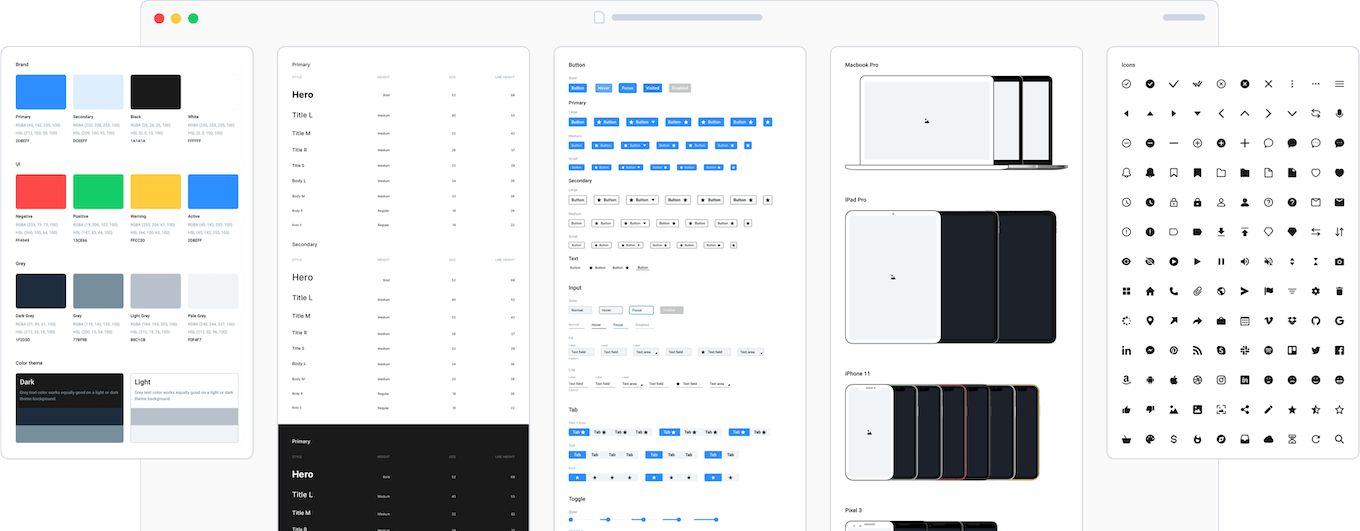The Price of Interaction
The supposition that the fewer the clicks required to reach something, the better the design is ubiquitous. But anyone familiar with UX knows better. We know that this premise can lead to overly complicated screens, an onslaught of way too many options for users that prevents them from choosing.
So where do people who think fewer clicks are better have it wrong? In their failure to recognise that the price of interaction can take on multiple forms. We are either burning our physical resources (by clicking, scrolling or typing) or consuming our mental energy (by choosing among available options, deciphering complicated abbreviations, etc.). In addition, certain types of interaction can elicit positive or negative feelings. Some people may prefer to thoroughly assess options, while others become blocked when faced with them.
Whether we start executing something depends on the amount of usefulness that we expect from the interaction and the potential cost of interaction. If we spot an article on a news site, we consider how interesting it may be based on the title and the price we have to pay: we have to think about whether the title is interesting, click on it, wait for it to load, etc.
The cost of interaction may also vary by user type. For an older user, clicking on a small link will be more difficult, while a teenager will be more impatient with slow loading. The same user may also behave differently in different situations. When using our phone while driving, every physical interaction costs more than when using it while waiting in line.
When planning interactions, a conscious designer thoroughly assesses the most effective action in the most common situations that target group users may find themselves in. They also take into account the aggregate price and use of consecutive actions for users. There is no objective list of costs for the average user, but we have compiled some physical interactions according to increasing cost based on our own experiences:
- directing our gaze
- moving our head
- scrolling
- typing (without having to jump from the mouse)
- moving the mouse
- clicking
- drag and drop
recommended
articles
Find out more about the topic





Share your opinion with us